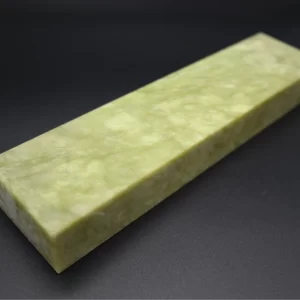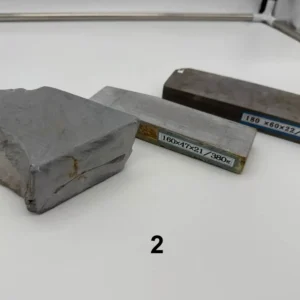Large-sized Otaniyama stones are almost no longer commercially available. Otaniyama is about 10 km northwest of downtown Kameoka.
The shaft is dug in a place called Mount Otani, which is a collective name for several mountains. The stone became popular throughout Japan as a razor stone.
Although it is an excellent grinding stone, it is not widely known. The Kameoka area, where many fine stones were mined for sharpening, but the people who worked there were not members of the Kyoto Natural Stone Association. It is believed that this type of stone was not well known because its miners did not have access to the aforementioned organization. However, many were attracted by the perfection of this whetstone and started using it for razors.
The trading company spread the word to hair salons across Japan through door-to-door sales. Razor sharpness is just as important in a barber shop as it is for a barber. Barbershop owners were careful when choosing whetstones because they were associated with the company's reputation. It is a stone with a long history of distribution. Of course, if the reaction to steel doesn't seem harsh enough, it can be used as a shaving stone.
I heard that large pieces were sold for 10,000 yen at the time. At current monetary value, if you convert, it will be about ¥200,000 (about €1,220). As the name suggests, this whetstone is suitable for the final sharpening of razors, knives, small blades, planers, chisels and more. for the sharpening stage.
Cold water will significantly degrade the steel's response over time, so be sure to use warm water around 42 degrees when sharpening.












Reviews
There are no reviews yet.